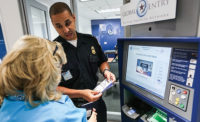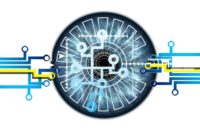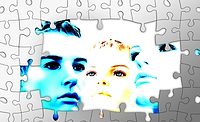Facial-recognition experts from Lockheed Martin and Animetrics are on the verge of creating partial, two-dimensional images of suspects pop out from computer screens that contain three-dimensional technology.
Identifying suspects is difficult for security teams who depend on camera's that only capture side-view's or part's of a person's face, and can sometimes be too dark or blurry. With 3-D modeling, this will no longer be a problem.
Lockheed Martin is involved in the design, research, development, integration, manufacture and sustainment of advanced technological systems. Animetrics is a developer of "cloud-based web service facial search and retrieval applications" through the use of patented 2-D to 3-D technology. Together, they're starting to develop systems capable providing 3-D images of suspects from security cameras.
Human operators will use a facial image comparison tool to scan results submitted by the automated facial-recognition tools, allowing them to eliminate and match images of suspects. Along with ZyGEM Corp., Lockheed Martin has also developed a new DNA analysis system called RapI.D.,which is basically an entire laboratory on a single chip that quickens the DNA identification process.
Through the use of more accurate facial recognition systems and faster DNA identification processes, law enforcement will be able to pinpoint suspects quickly and efficiently, enhancing overall security.





